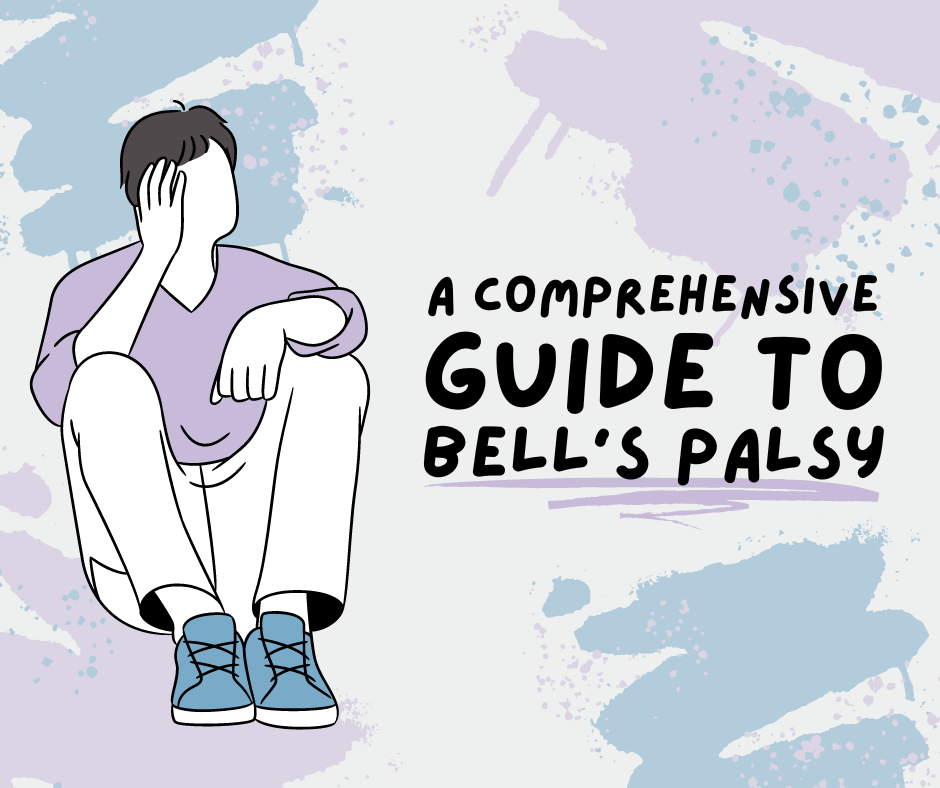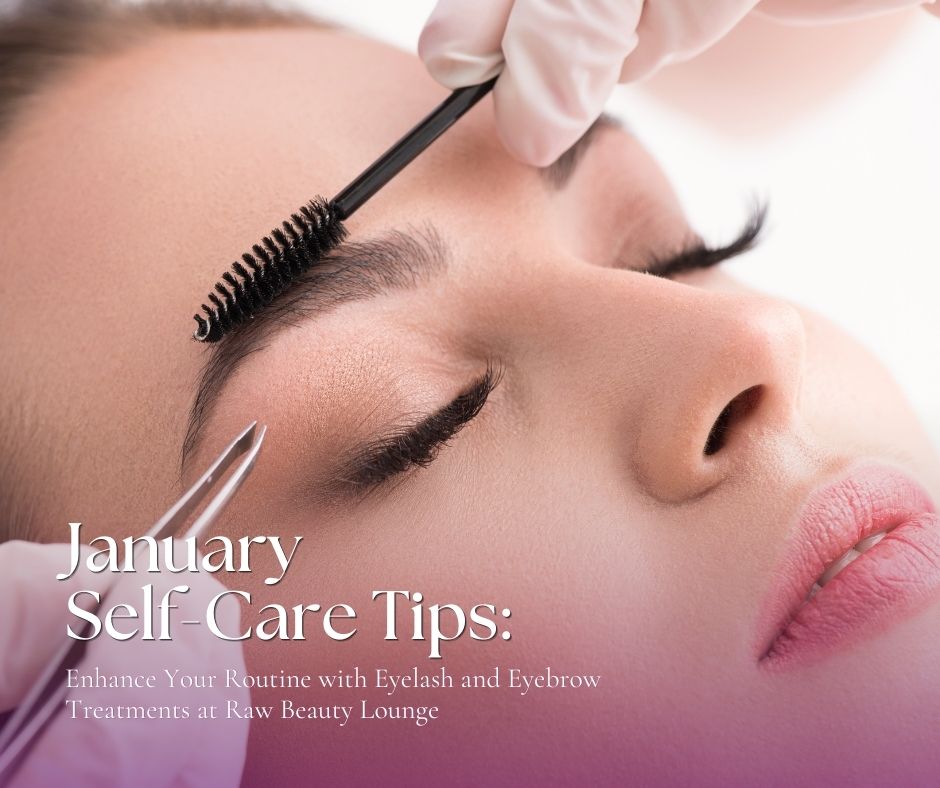
Bell’s palsy is a temporary weakness or total paralysis of one-half of your facial nerves. Here, one side of your face will be unmovable, leading to a droopy eye, a lopsided smile, and an eye that can’t close all the way. It’s generally harmless and will cure itself after a few weeks or months. It can affect people of any age or gender. It is believed to be triggered by numerous factors like bacterial and viral infections, diabetes, and more.
Bell’s palsy is named after the Scottish surgeon, Charles Bell, who first associated the condition with facial nerve damage.
What are the Symptoms of Bell’s Palsy?
Bell’s palsy symptoms usually make an appearance suddenly and quickly. It starts with the gradual weakening of muscles on one side of your face. Your lips aren’t pursing properly, your eyebrow isn’t raising as high, your smile isn’t so wide… you’ll feel that your face is strangely lopsided!
Then, you start to lose feeling on your face as well. You’d poke and prod at your face and realize it’s not as strong as it used to be! You’ll also notice that you’re drooling a bit more, tearing up more easily, and even losing your sense of taste.
Within a day or two, all these symptoms will worsen into full-force Bell’s palsy. You will lose the ability to move the one side of your face that’s affected.
Now, some people mistake the symptoms of Bell’s palsy for stroke, but they’re actually quite different. With Bell’s palsy, only your face is affected—strokes affect the entire body. Additionally, Bell’s palsy affects half of your face while strokes affect approximately a quarter—you’ll still be able to raise eyebrows with a stroke. Lastly, Bell’s palsy is relatively harmless, while strokes cause weakness, dizziness, delusion, blurred vision, and lack of coordination.
How is Bell’s Palsy Diagnosed?
Bell’s palsy is easily diagnosed because of its distinctive symptoms. Doctors will usually just take a look at your face and ask you to do some facial exercises to determine if it’s Bell’s palsy or not. If they’re still unsure about it, that’s when they’ll ask you to have some tests done to rule out any life-threatening conditions. They might also ask you to do them to determine the extent of your nerve damage.
Tests you’re likely to undergo with Bell’s palsy are EMG (to assess nerve damage), blood tests (to rule out diabetes or Lyme disease), and MRI (to determine whether there are problems in your brain).
Your doctor will also ask you about anything else going on. While there isn’t any specific cause of Bell’s palsy, it’s believed that it can be triggered by upper respiratory tract infections, bacteria, viruses, and also pregnancy, and stress. If it’s caused by a disease, your doctor will want to know so they can cure it as soon as possible. Otherwise, they’d recommend you take it easy.
How is Bell’s Palsy Treated?
Bell’s palsy can improve over time without medical intervention. However, it may take weeks or even months to regain the full function of your face. If you want to speed up the process, your doctor will prescribe you medications and recommend physical therapy for your face.
Medications you will likely receive include corticosteroid drugs (to reduce inflammation in the face), vitamin B12 supplements (to treat nerve degeneration), antiviral or antibacterial medication (if your Bell’s palsy was caused by a disease), and lubricating eye drops to prevent your eye from drying out. Your doctor will also recommend an eye patch or medical tape to keep your eye shut when asleep.
Physical therapy, on the other hand, will likely involve moist heat therapy, massages, and facial exercises. Moist heat will help reduce pain and swelling. Massages, on the other hand, will improve circulation in the affected area. Lastly, facial exercises will help your muscles get used to moving again—you don’t want them to be immobile your entire treatment!
More possible (but not recommended) treatments are electrical stimulation and acupuncture. Electrical stimulation will act like your nerves, sending electrical charges to your muscles and encouraging them to move. Meanwhile, acupuncture reduces pain and inflammation and also relieves pressure on your facial nerve.



